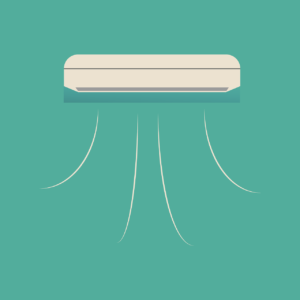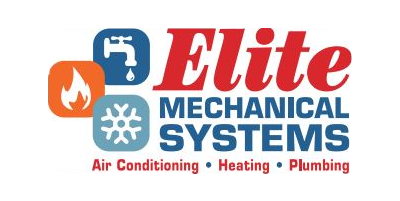 How a home air conditioning system works is kind of a mystery to many of us. Furnaces are easy to understand—they heat air and blow it around your home in ductwork. Boilers make hot water or steam and move it around your home in pipes. But how do air conditioning systems make nice cold, dehumidified air? To understand it, you have to go back to a principle that you may have learned in high school or college physics class.
How a home air conditioning system works is kind of a mystery to many of us. Furnaces are easy to understand—they heat air and blow it around your home in ductwork. Boilers make hot water or steam and move it around your home in pipes. But how do air conditioning systems make nice cold, dehumidified air? To understand it, you have to go back to a principle that you may have learned in high school or college physics class.
A natural property of any gas is that as it expands, it cools. Confused? Read on, and it should become clear.
The Basics
Though it is a slight oversimplification, you can think of an air conditioner as a machine that takes heat from your house and dumps it outside by using five interrelated parts:
- Refrigerant
- Compressor
- Condenser
- Expansion Valve
- Evaporator Coil
There are many types of air conditioning systems that can be used in the home, including window units, portable air conditioners, ductless air conditioners and central air conditioning systems. Despite their differences, however, the physics of how they work is the same, and they all use the following components and direct expansion refrigeration. In principle, it works very much the same way as your food refrigerator.
Refrigerant
The refrigerant is the “blood” pumping through cooling tubes in the air conditioner’s system. It changes state from gas vapor to liquid as it collects heat from your house and ejects that heat to the outdoors.
A refrigerant is a unique substance, in that it has a very low boiling point. This means that it changes from a liquid to a vapor at low temperatures. This is key to how an air conditioning system can work safely without generating a dangerous level of heat.
Compressor
Think of the compressor as a sort of “heart” of the system, pumping the refrigerant through all the refrigeration components in a big copper loop.
Refrigerant enters the compressor as a low-pressure warm vapor and leaves it as a high-pressure hot vapor.
Condenser
From the compressor, hot refrigerant vapor moves to the condenser. Here, the high- pressure hot refrigerant vapor is cooled when the condenser fan blows air over finned condensing coils. (Using a fin comb during routine maintenance helps keep these fins in shape.) As the refrigerant “cools,” it changes state from a hot vapor to a hot liquid at high pressure and moves onto the expansion valve. The compressor, condenser coil, and condenser fan are all located that big noisy box in your back yard, which is often called a condensing unit
Expansion Valve
The expansion valve is what really does the work. As the hot liquid refrigerant passes through a tiny opening at high pressure in the valve on one side, it emerges as a cool low-pressure mist on the other side. This is the result of a natural property of gases: as a gas expands, it cools. The air conditioner is really nothing more than a device designed to force the refrigerant gas to expand–that’s what creates its ability to cool air. Now, we have a low-pressure cold liquid mist that moves onto the evaporator coil.
Evaporator Coil
The low-pressure cold liquid that is leaving the expansion valve now runs through the evaporator coil located in the plenum of your furnace.
Here, the hot air of your home blows across the evaporator coil and heats it up, while at the same time the coil carrying cold, expanded refrigerant gas cools off the air blowing across it and back into your home. As the refrigerant heats up, it boils and changes from a cold liquid and evaporates into a warm vapor. From there it moves back onto the compressor and exterior condensing unit and the cooling cycles continues.
Maintenance
Your air conditioning system needs to be maintained just like any other aspect of your home’s HVAC system. See the tutorial Central Air Conditioning Unit and Heat Pump Maintenance for tips on how to maintaining your AC system.
